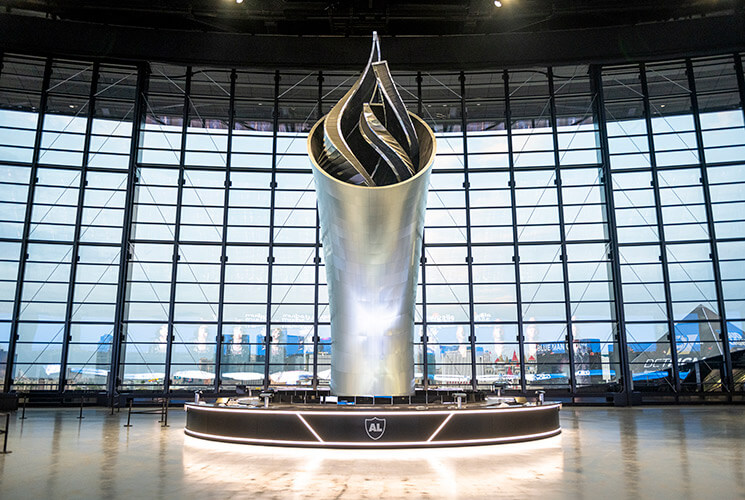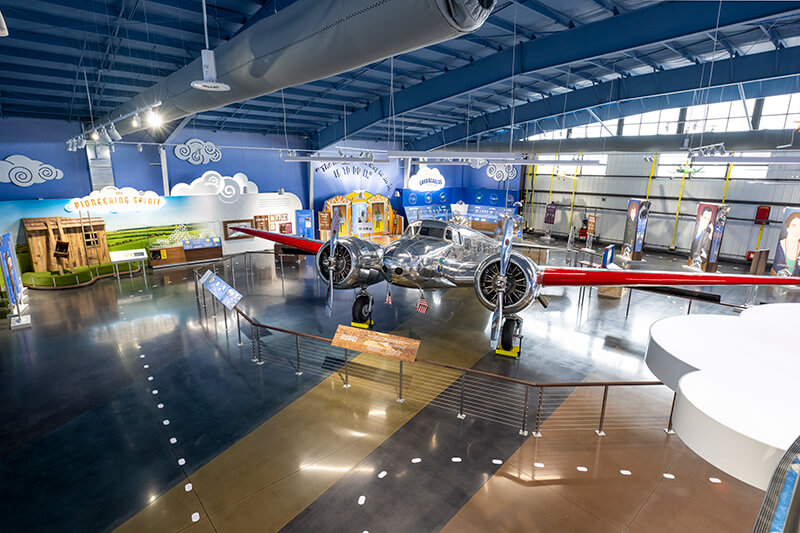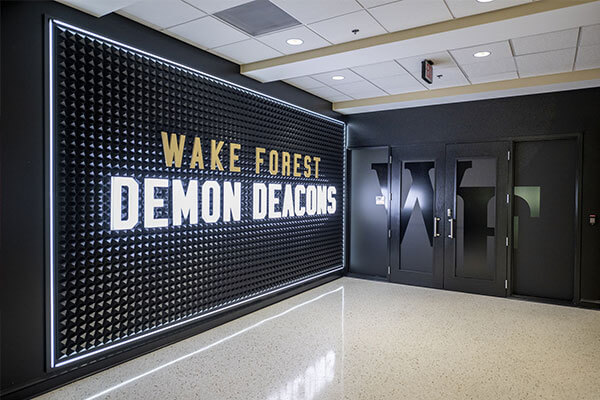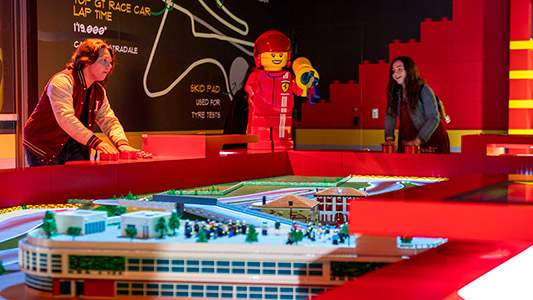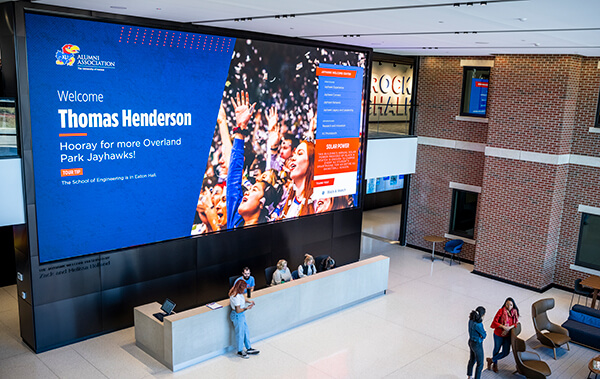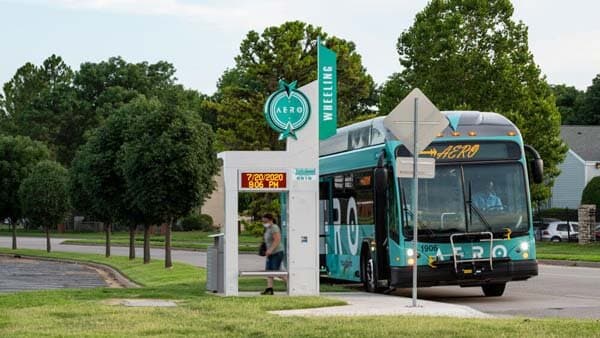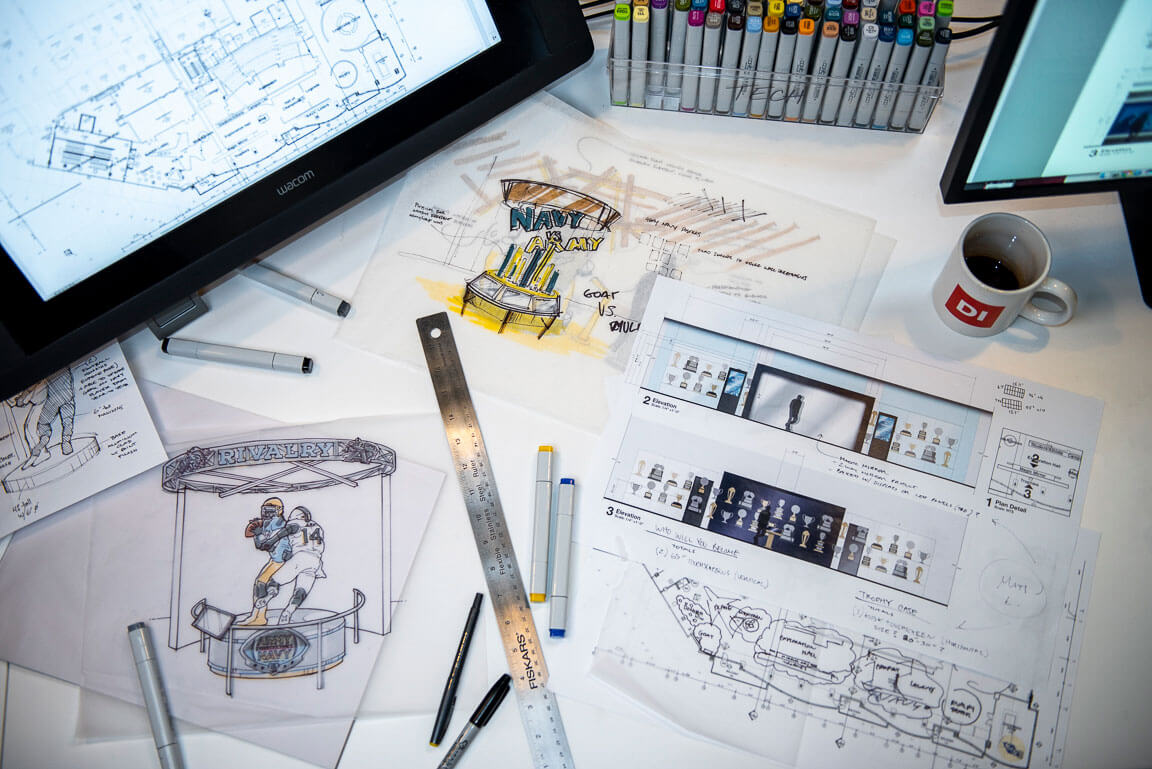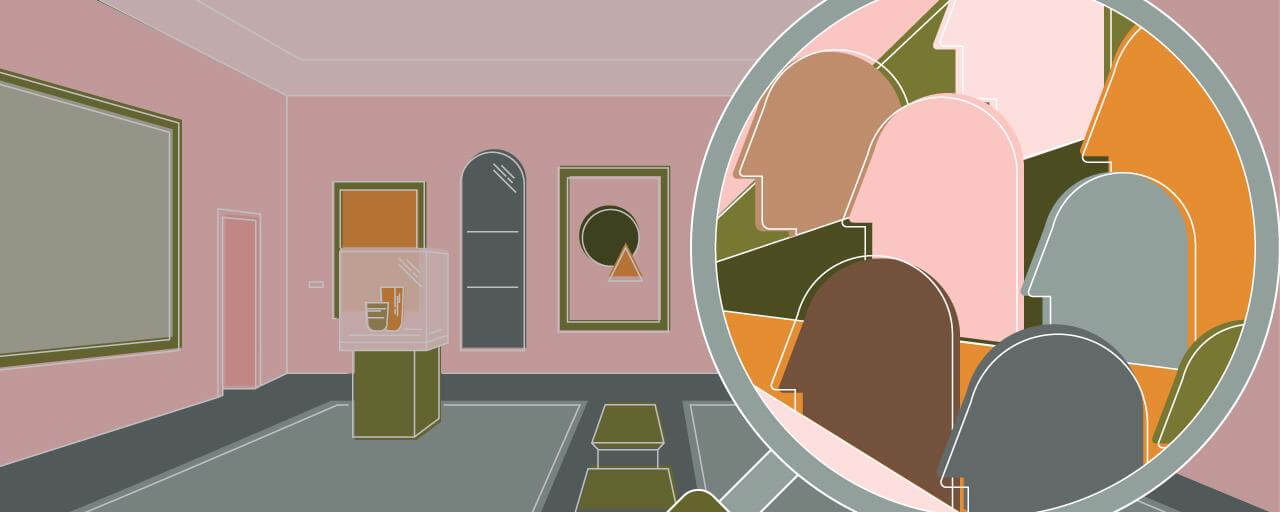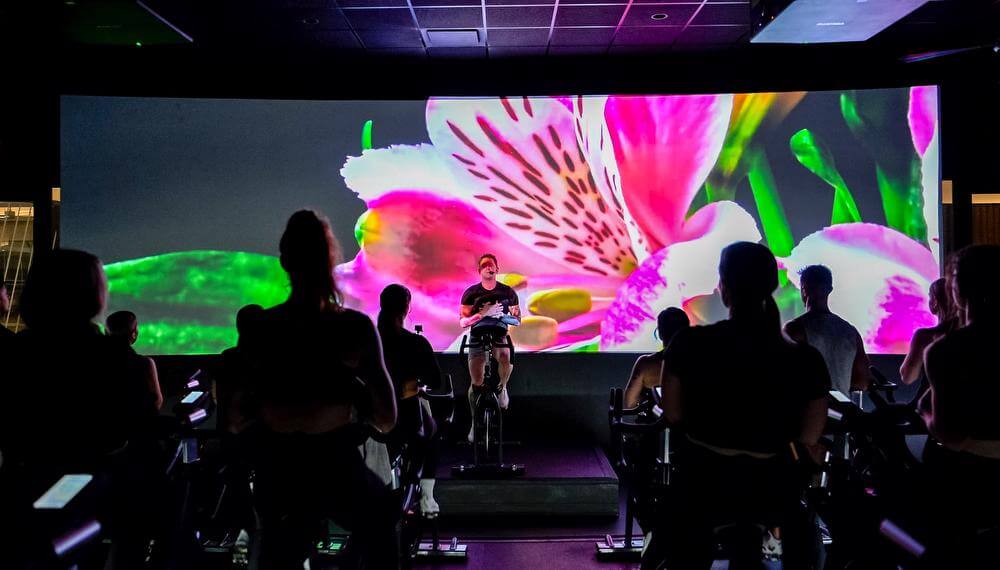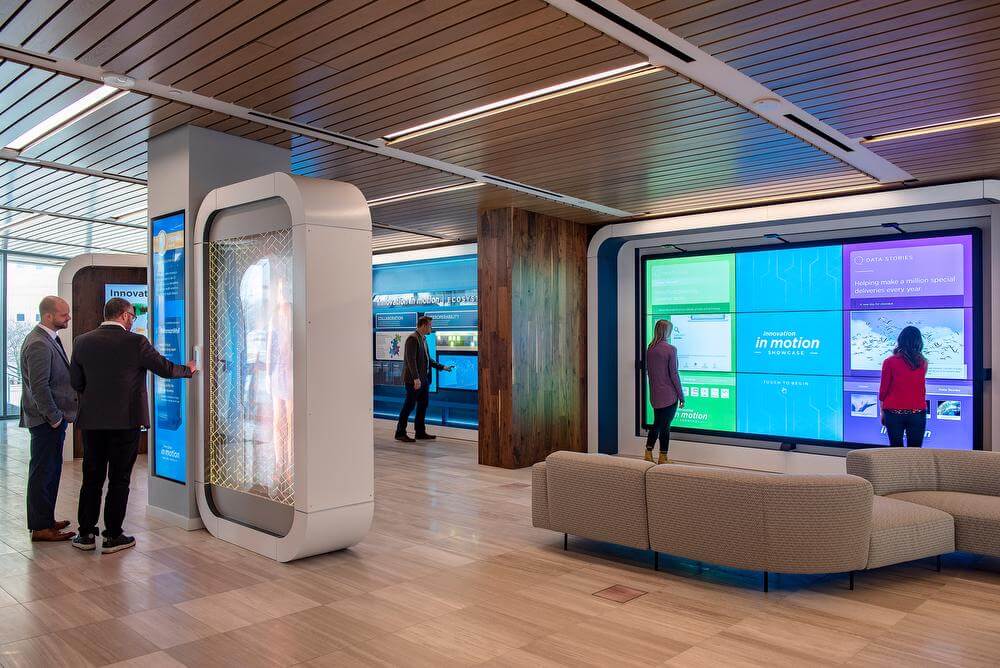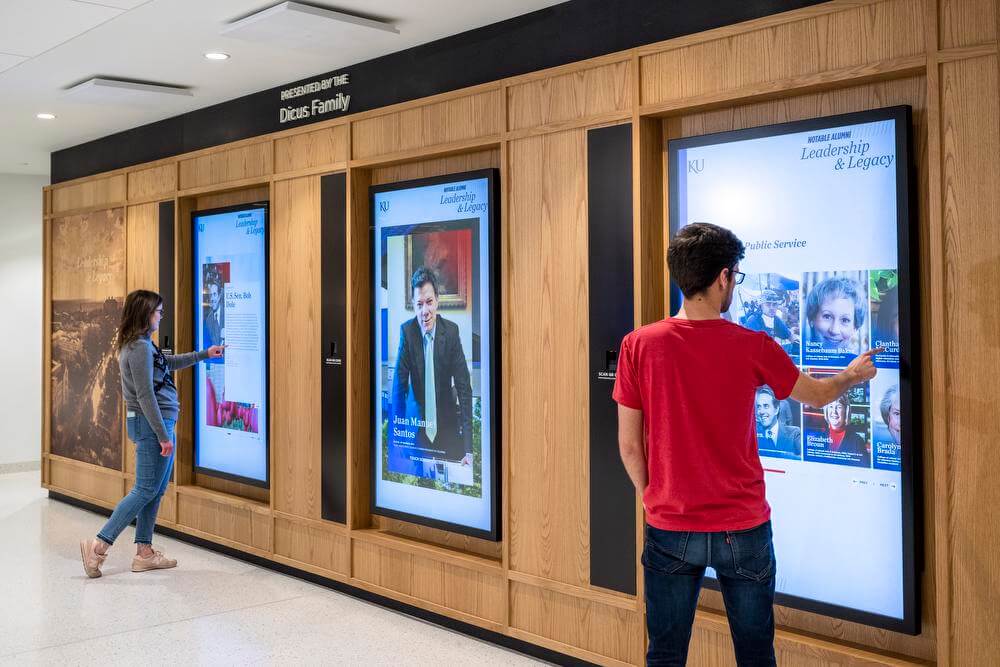Museums and exhibits are a universal tool for connection. They give visitors the capacity to interact with new ideas, understand history, share experiences with other patrons and visit destinations that might otherwise be hundreds of miles away. The effectiveness and success of what we produce is ultimately determined not by the creators, but rather by those who experience it—and that is why inclusivity is, and should always be, at the core of museum environment development.
A SEAT AT THE TABLE
As experience designers, we offer full-service exhibit design and development services, but it would be inappropriate to discuss inclusivity without mentioning the critical role that diverse consultants, boards, curators and employees play in creating meaningful experiences for multiple populations.
The formula for establishing effective committees and sub-groups can be as simple as asking a question: does the group of people at the table represent the visitors we hope will walk through the door?
If the answer is no, it’s time to consider leveraging your museum and community’s network to bring individuals of all different socioeconomic backgrounds, races, religions, genders and abilities to the table. Representation is key to curating information and works that are inclusive of various styles of artistic expression, language and collaboration.
Non-diversity is often a systemic problem for many museums and organizations; it takes a conscious decision to both remove barriers of entry for diverse experts and dismantle systems that perpetuate gatekeeping. In making decisions that effectively address these issues, the content and ideas proposed for your museum’s environment will naturally broaden to meet the needs and interests of future visitors.
ADDRESSING THE PHYSICAL ENVIRONMENT
As a companion to establishing inclusivity in a museum’s organizational structure, our team helps translate those same ideals to the physical space within exhibits. Planning out the guest pathways, engagement strategies and technology integration should be integrally connected to discussions on multi-population inclusivity.
While the approach we take is dependent on research and a survey of the intended visitor population, there are a few focus areas we can review, when coupled with intentional design, that promote inclusionary museum experiences:
GENERATION
When integrating technology into exhibits—like touch screens, gesture-tracking or mixed reality—we often forget that new or unfamiliar experiences can be polarizing. What may feel native to a younger audience, can feel unapproachable to senior generations. It’s critical to develop a system by which we intuitively educate visitors on how to engage with our content in creating a seamless combination of traditional presentation methods and new technology. There is space for each of these approaches to coexist, but until we have a user language that teaches all individuals how to engage with what we’ve created, we may unintentionally create digital barriers to our work.
ABILITY
Accessibility practices are important to research and implement, both from a professional standards perspective and the needs of your specific visitor population. Basic adjustments like widening walkways, adjusting ramp heights and content options in Braille and Sign Language are just the beginning. Experience design firms are able to partner with experts of the Rehab Act and American Disabilities Association (ADA) to intentionally plan spaces that accommodate all abilities.
LANGUAGE
While one of the simplest ways to foster an inclusive environment is creating multilingual, accessible content, exhibits often rely on English out of convenience. Leveraging digital-based tools, our approaches to translation and distribution can be both scalable and simple. While digital displays can cycle through various languages, solutions rooted in personal devices can cater individual content needs, whether through QR scan codes or application.
GENDER
Adjusting environments to welcome all genders is more than a debate of bathrooms; while creating gender-neutral restrooms is part of the equation, we can also ensure that all signage and wayfinding uses pronouns of them/them and that any resources we develop are sensitive to the wide range of our visitor’s identities.



